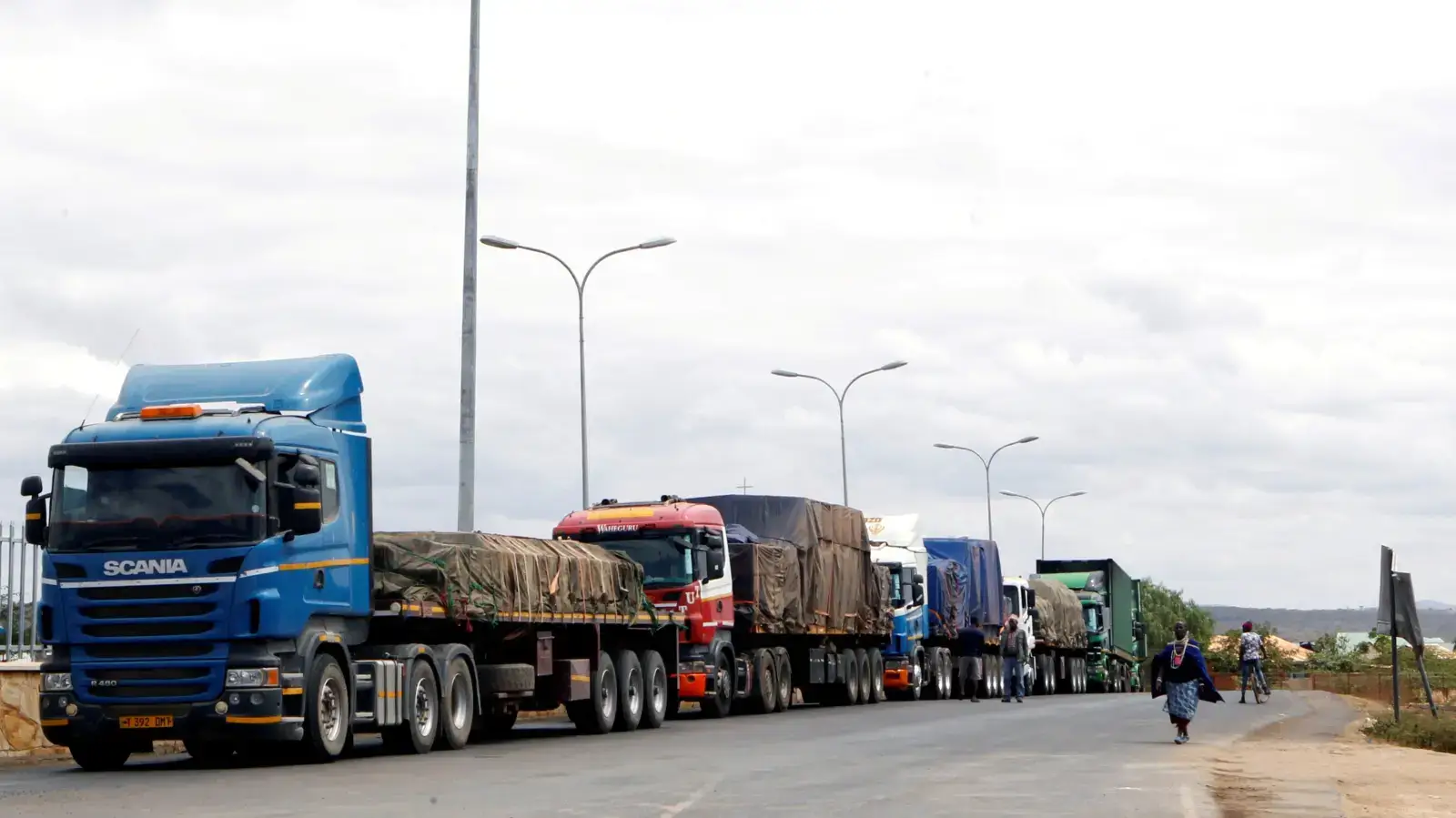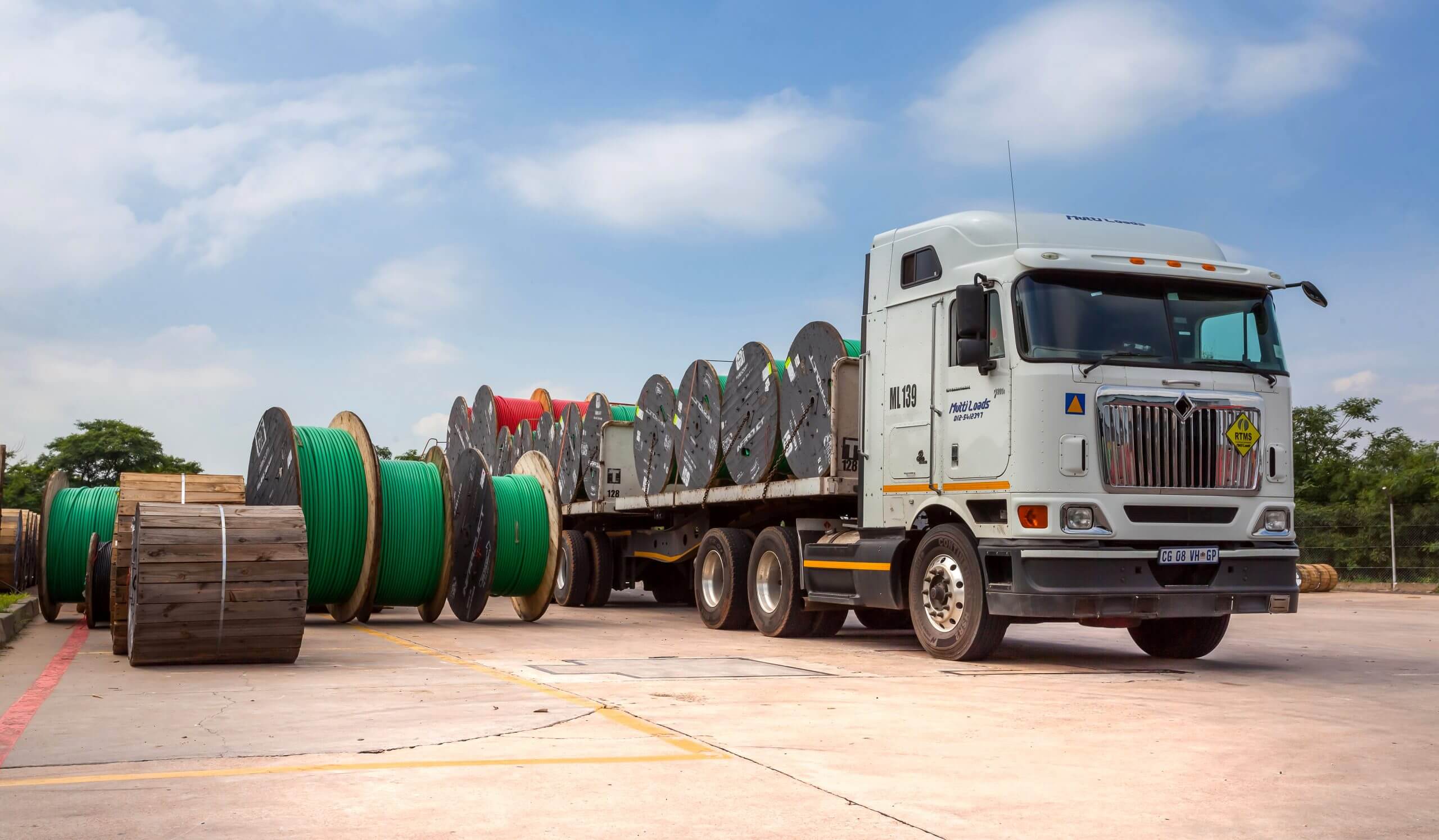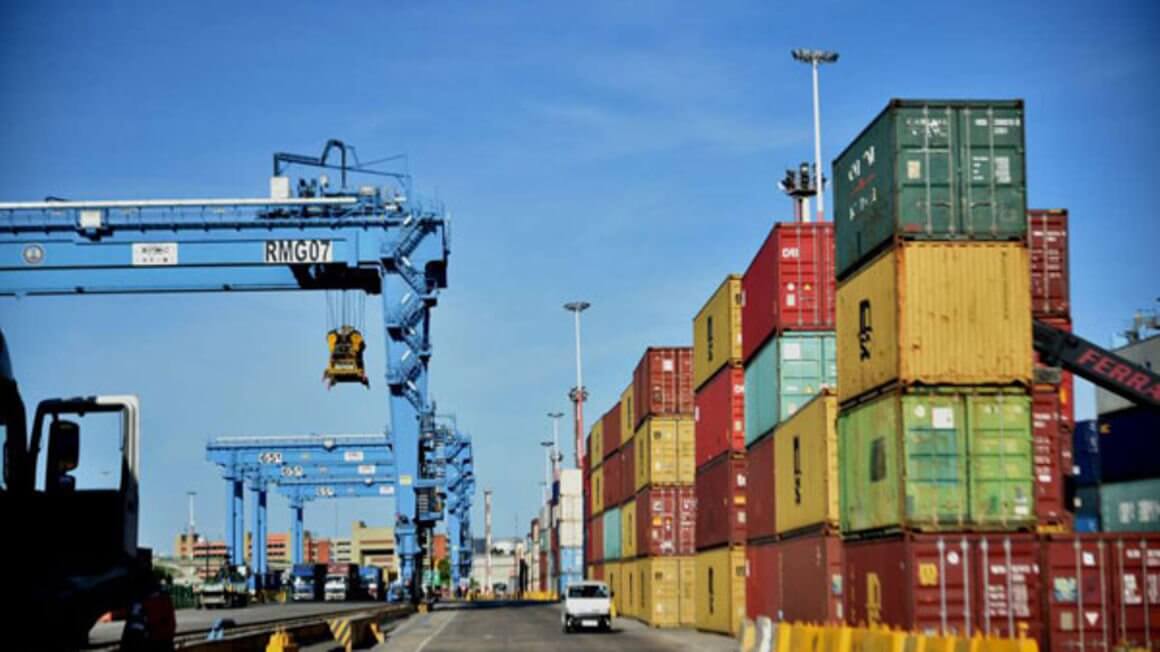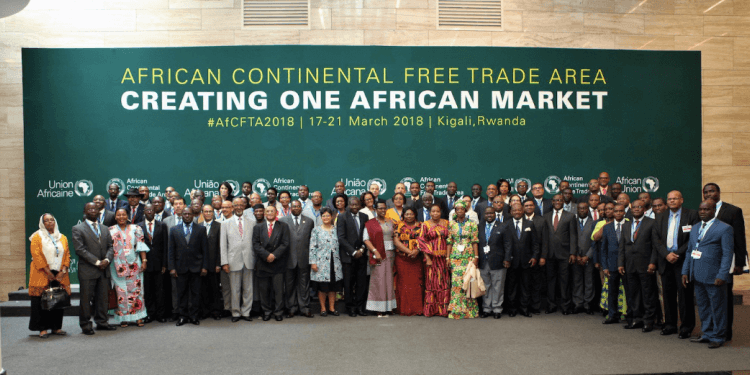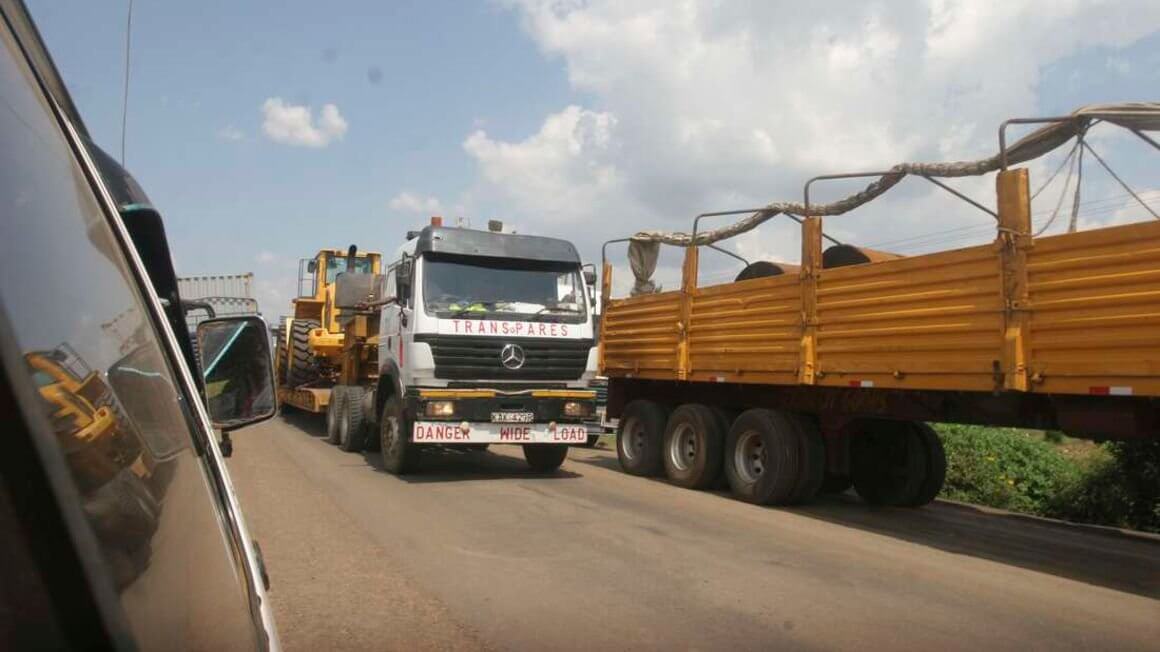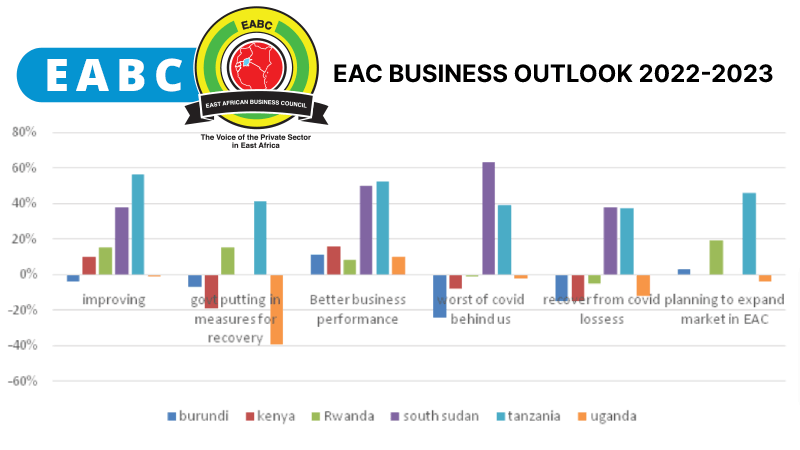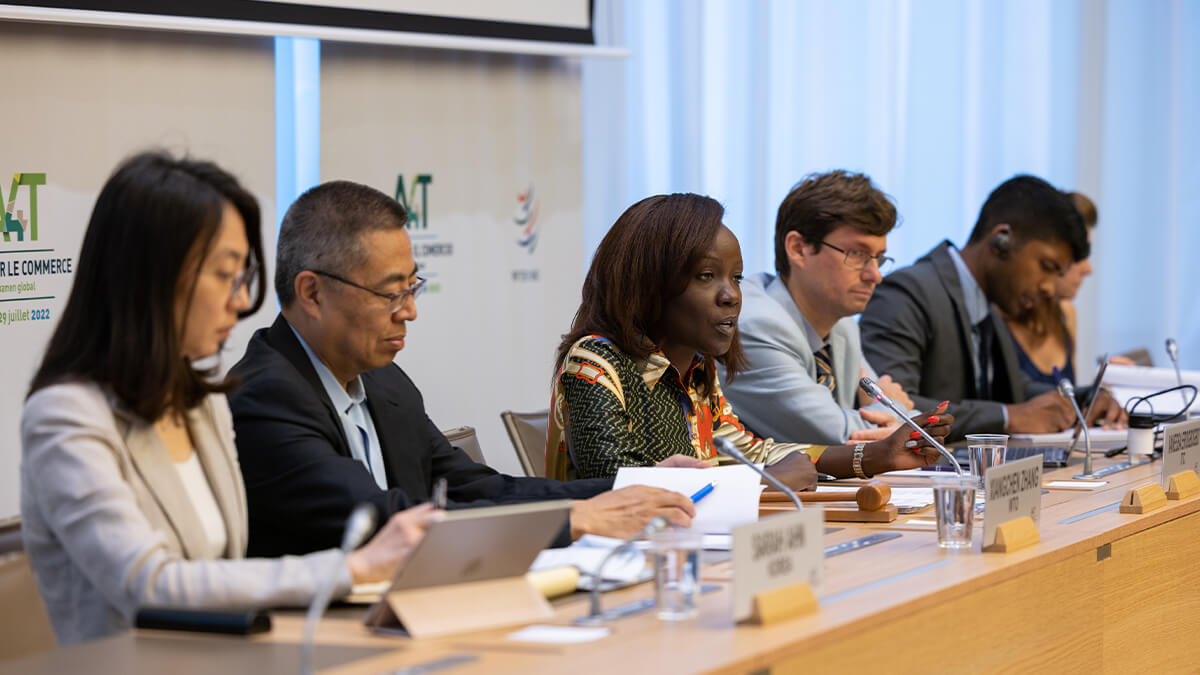Digitization of logistics and compliance with sustainability policies will shape the future of logistics in African markets. Digitalization involves the development of digital platforms that match supply to demand, whether it be courier apps that deliver groceries or platforms that coordinate freight delivery. Sustainability significantly overlaps with compliance and regulatory requirements. This means stricter regulations on emissions from logistics vehicles, monitoring of cargo ship pollution, and other issues. The COVID-19 pandemic caused massive damage to global supply chains, with challenges including route congestion and blockages, a global shortage of key logistics components including shipping containers, lack of space in warehouses, a spike in transportation costs, and substantially increased demand for goods around the world, post-lockdown. Supply chain stability is also under question due to increased tensions as the Russian-Ukraine war drags on. According to The Africa Logistics, measures to heal and strengthen ailing chains include digitizing parts of the supply chain, increasing manufacturing capacity in low-cost markets, reducing reliance on single-source suppliers, improving supply chain infrastructure through public and private funding, integrating sustainable practices into supply chain management and carefully monitoring changes in government policy across multiple jurisdictions. While the Logistics market in Africa may be drastically weakened after the global pandemic, many effective treatments for their repair and strengthening are already underway. Thorny challenges reveal immense opportunities. The world is once more looking at Africa as a potential growth market, so we need to be on top of our game. Digitization of logistics and compliance with sustainability policies will shape...
Trends shaping the future of logistics in African markets
Posted on: August 8, 2022
Posted on: August 8, 2022

